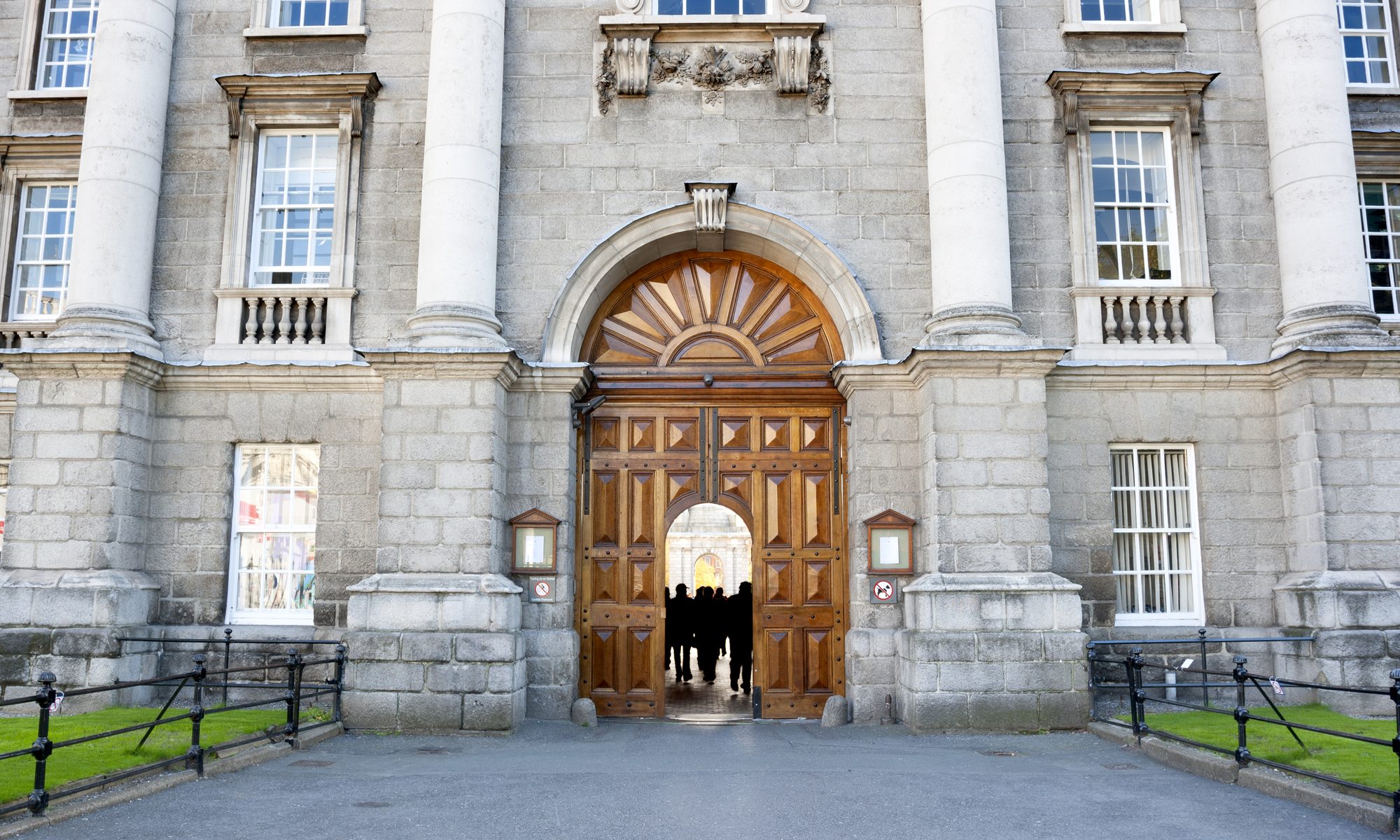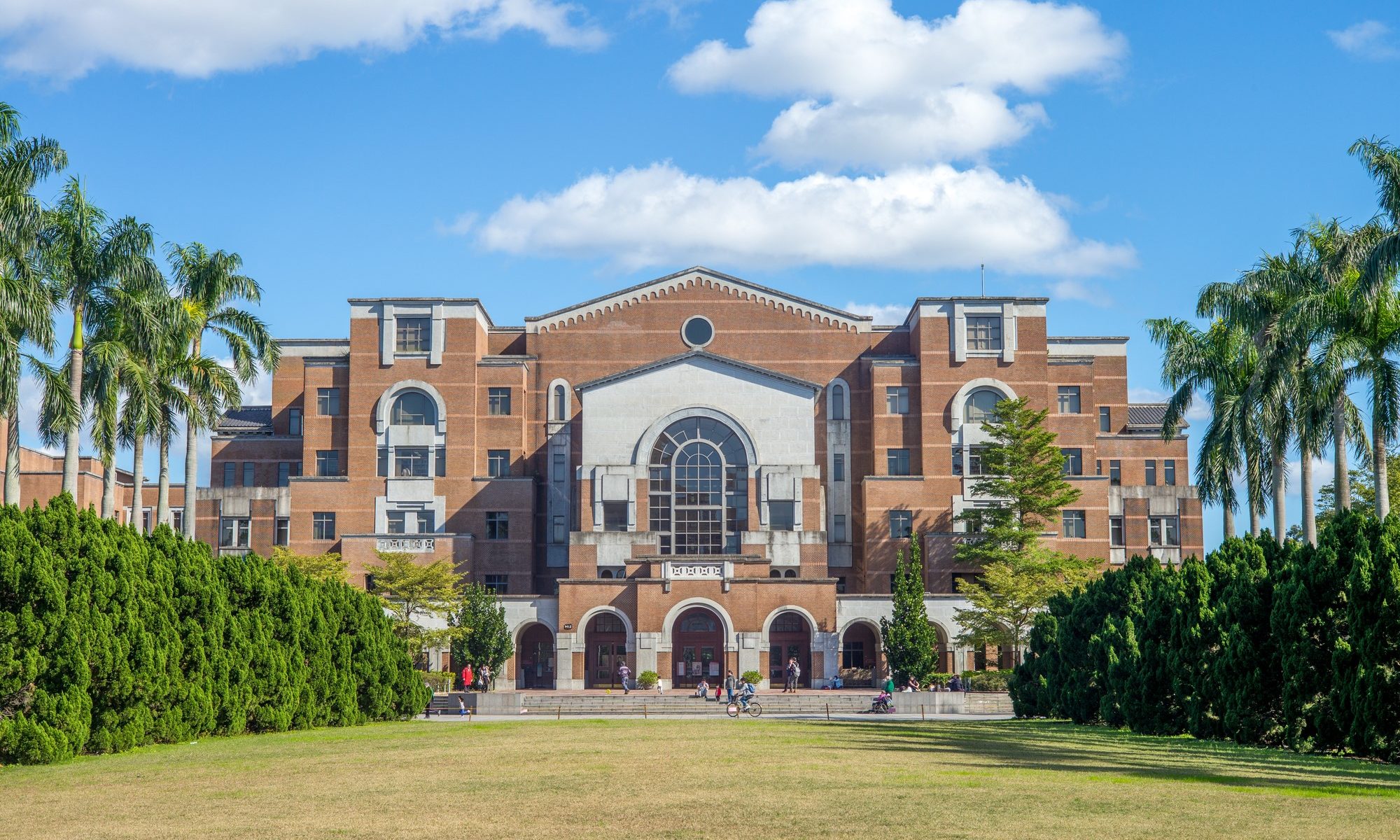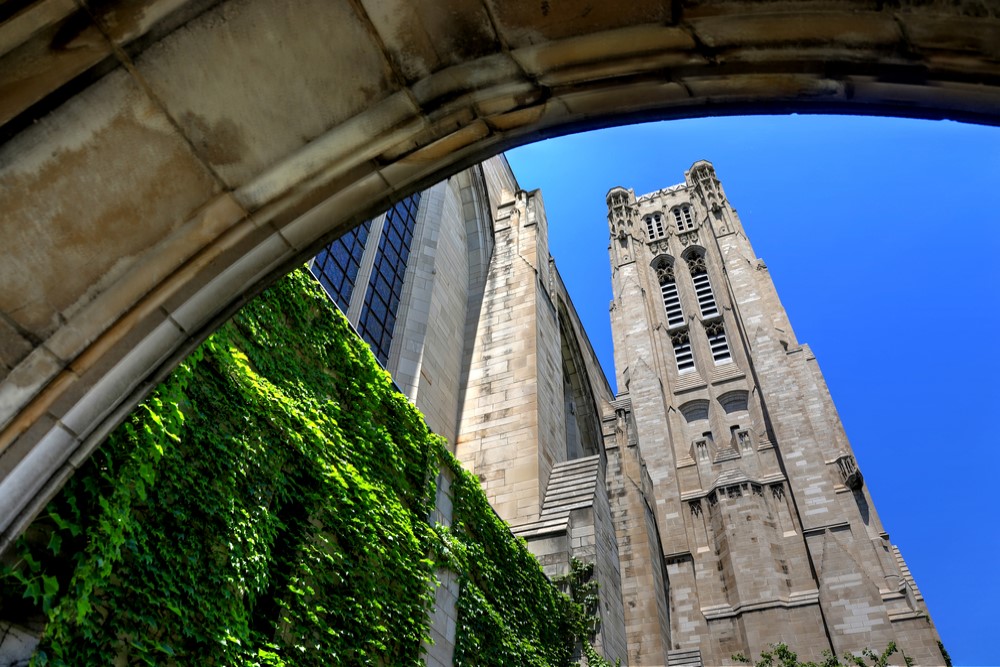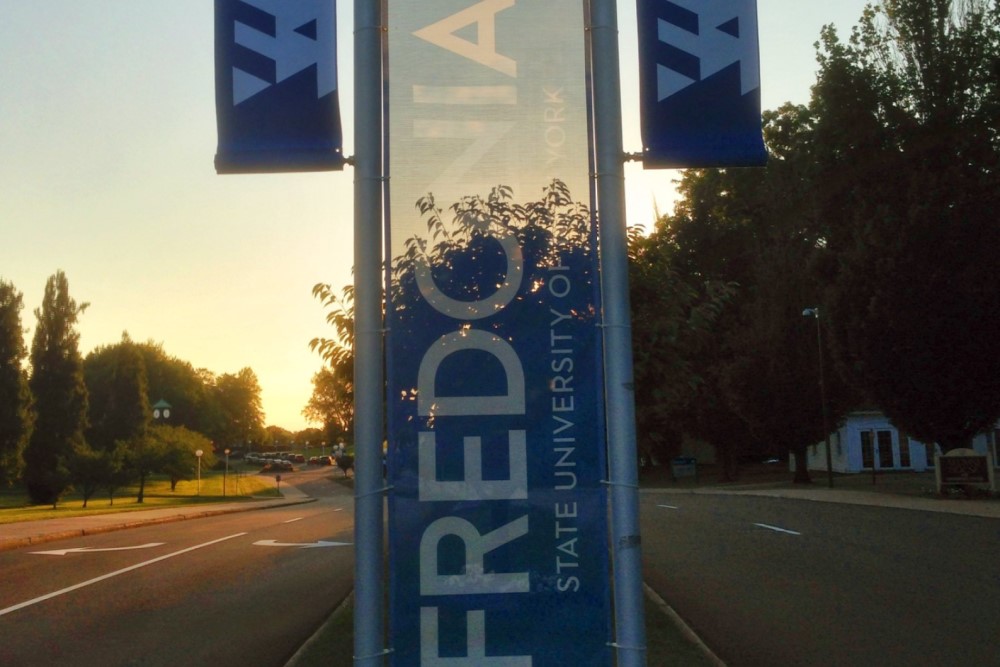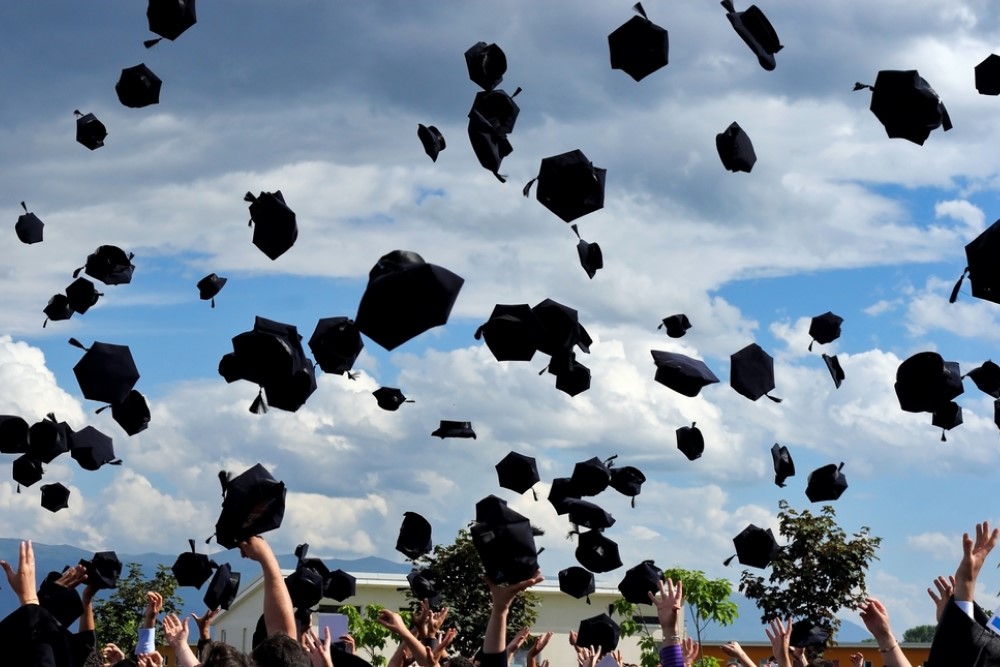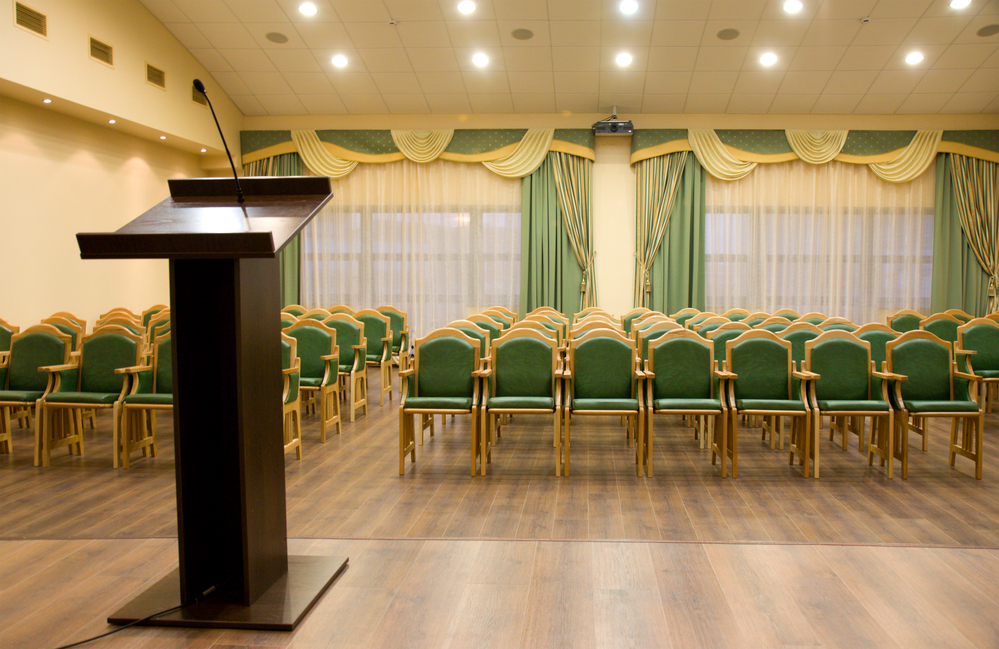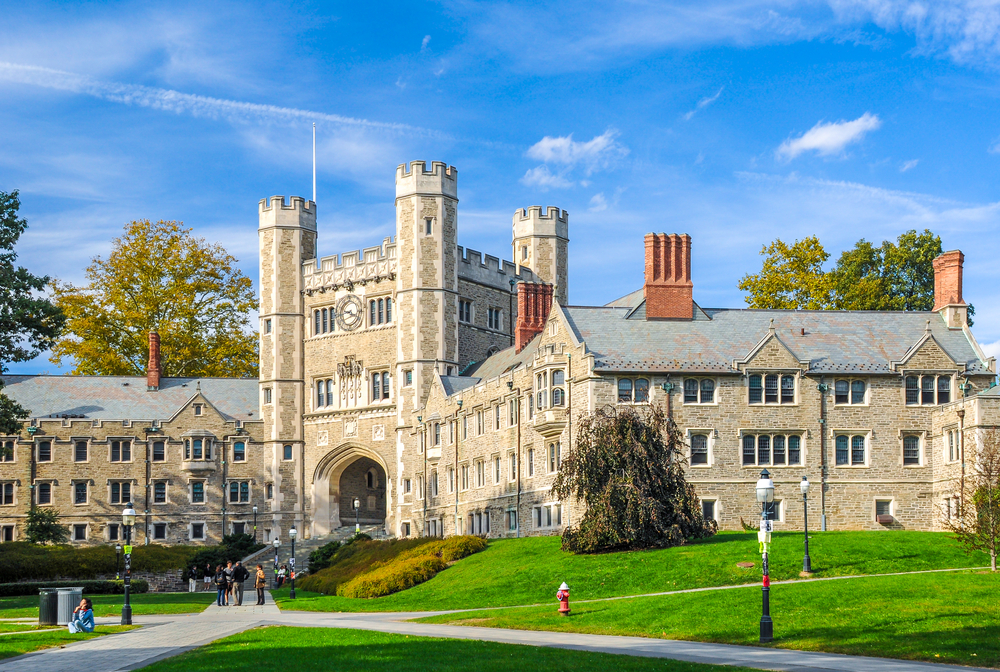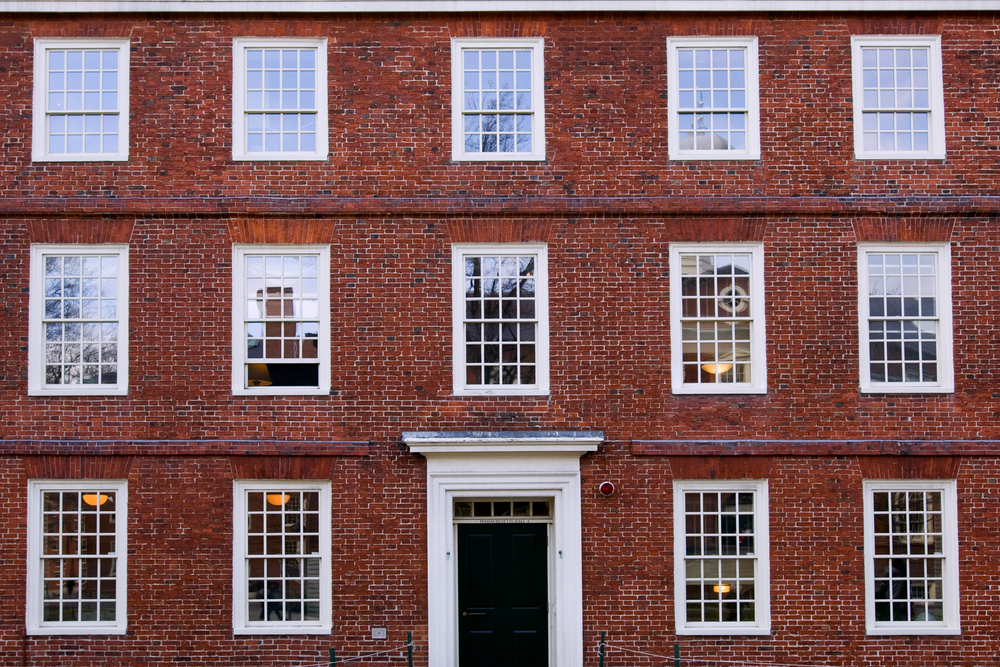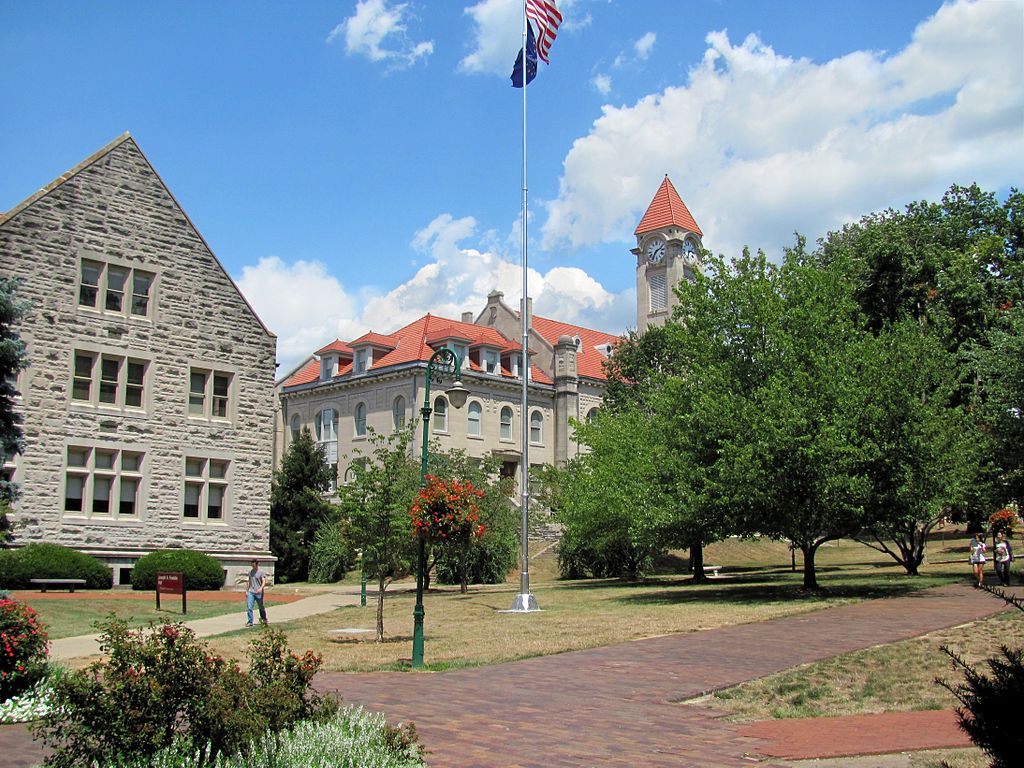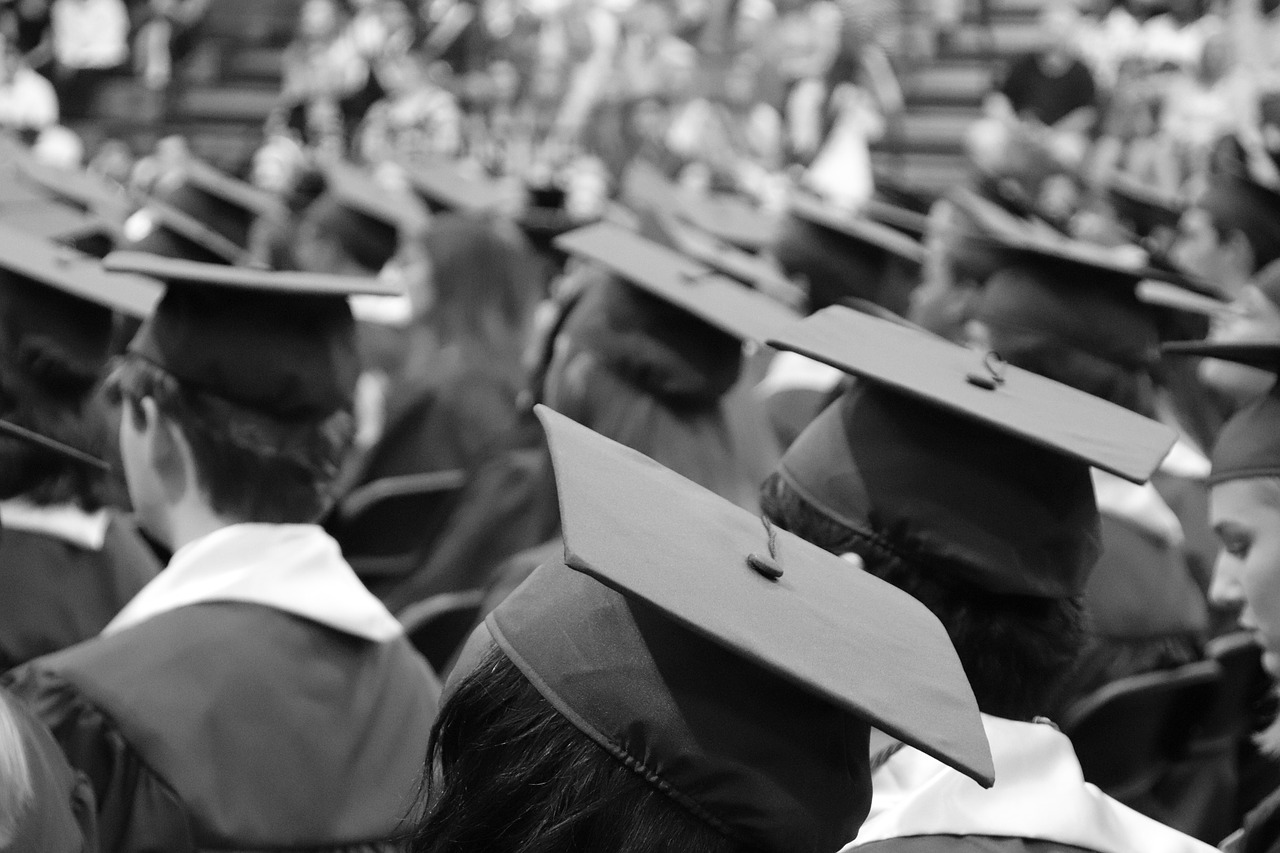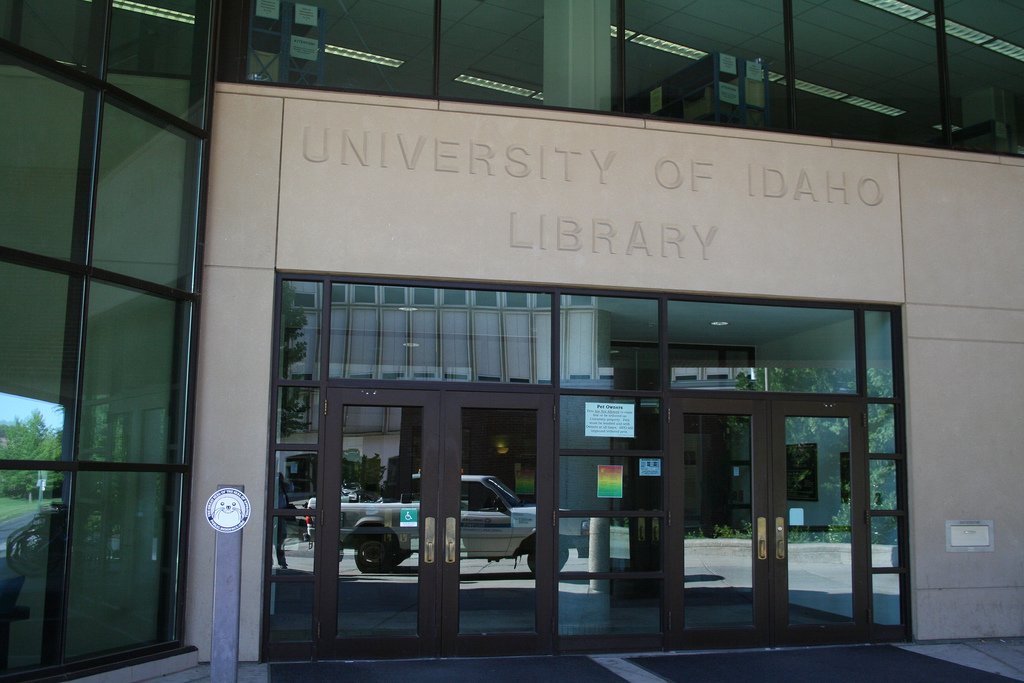How do we stop students from turning in essays written with the help of ChatGPT or the like? We cannot.
How do we stop students from cheating by using ChatGPT or the like to write their papers? We stop treating it as cheating.
It’s not magic. If we encourage students to use ChatGPT to create their papers, it won’t be cheating for them to turn in a paper created that way. In the long run, this may be the only solution to the great ChatGPT essay crisis.
Most teachers who rely on student essays as part of the learning process are in panic mode right now about the wide-spread availability of ChatGPT and other “Large Language Model” AIs. As you have probably heard by now, these LLMs can write passable (or better) essays – especially the standard short, five-page essay used in many classes.
In my experience, and based on what I have heard from other teachers, the essays currently written by LLMs tend to require some revisions to be passable. LLMs also have some blind spots that make unedited LLM papers suspect. For example, they shamelessly fabricate sources, often using real names and real journals, but cite articles that do not exist. With a little fixing up, however, LLM papers will usually do, especially if the student is happy with a B. And the quality of LLM generated essays is only going to get better.
There are many proposals out there about how to fight back. Here are two of my own. Multiple-choice questions are, according to social science research, just as valid and reliable as short-essay questions. As far as I can tell, LLMs are terrible at answering multiple-choice questions. And if you ask an LLM a question you want to use and it gets the answer right, you can either reword the question until the AI fails – or drop it. Another approach, that I have used in my applied ethics classes, is to replace the term paper with in-class debates. For all I know, some students are still using LLMs to write speeches, but it doesn’t really matter. In a debate, the student has to actively defend their ideas and explain why the other side is incorrect. What I care about is whether they really “get” the arguments or not. I think it is working beautifully so far.
Still, students have to learn to write papers. Period. So, what are we to do? Whenever there’s a panic over technological change, I always remember that Socrates and Plato were against the new technology of their time, too. They were against writing. For one thing, Socrates said (according to Plato) it will destroy people’s memories if they can just write things down. Of course, we only know about this because Plato wrote everything Socrates said down.
Prefer more recent examples? Digital pocket calculators were the scourge of grade school math teachers everywhere when I was a kid. By the time I got to high school, you were required to bring your calculator to every math class. At one university I was at, students were only allowed to use their laptops in class with special permission. Now, at my current school, all students are required to have a laptop and are usually encouraged to use it in class.
Essay writing will survive the rise of LLMs somehow. But how?
People are going to use whatever useful technology is available to use. So, as I said, we may as well encourage students to use LLMs to write, and think, better. Is it true that it is not cheating, if we simply cease to regard it as cheating?
It’s cheating to turn in a paper that you claim is your own work, if it isn’t. It’s not cheating where you have permission to work with someone, or an LLM, on it.
There are at least two important objections to this view and I will end by describing, but not necessarily settling, these.
One objection is that LLMs are trained by basically consuming most of the internet – along with input from human interlocutors. In other words, the massive amounts of data processed by any LLM is all the work of other people. There are serious concerns about whether this will stifle creativity in the long run. But our question is this: if you turn in a paper created with an LLM, isn’t the LLM contribution still plagiarism, since it’s mostly regurgitating stuff it stole from others, without regard to copyright or intellectual property rules?
I lack the expertise to settle this. But I do think that the way LLMs learn to write is not very different from the way I learned to write. I read stuff from other people and borrowed their style, their thoughts, and occasionally even their words. Even now, when I think I am being creative, I worry that I have just not read the earlier version of every single sentence I write – which is out there somewhere. I can only say that if LLMs are eventually regarded as inappropriately using material from other people, then I take back my proposal.
But here’s a more tractable objection, one I think I can answer. How should teachers respond to the fact that using an LLM will make it quicker and easier for students to do essays? Especially as the technology improves, it will be easier and easier to feed in a prompt or two and get a passable essay by doing next to nothing.
If we are going to allow the use of LLMs by students, there is one essential change we need to make in our approach to evaluating and grading student essays. We need to raise our grading standards. Raise them dramatically. (I am not the first person to suggest this.) If any student can get a passable essay by doing next to nothing, then with a little work – trying different prompts, editing and rewriting, etc. – they should be able to produce work on a whole new level.
Higher standards are not meant to be punitive. In fact, we may be entering a new era of quality writing. Just as a pocket calculator allows you do some calculations in a way that leaves you freer to do higher math, or being able to write down a grocery list frees up your memory for more important things (like remembering your passwords!), so having LLMs to create, and then using them to refine an essay, leaves you time to work on the argument and the quality of the writing more than ever. Some people worry that this leads student essayists to think less, but I would argue that, like so many technologies, by taking away some of the “grunt” work, it actually gives students more time to think. However, just as you can’t grade a student who does their times tables on the calculator on their phone the same as one who does it from memory, the standard essay produced by a student using an LLM should be held to a much higher standard.
With new technologies, you never know exactly what will be lost and what will be gained. But if a technology is bound to change the world, it’s probably better to work with it, rather than against it.


